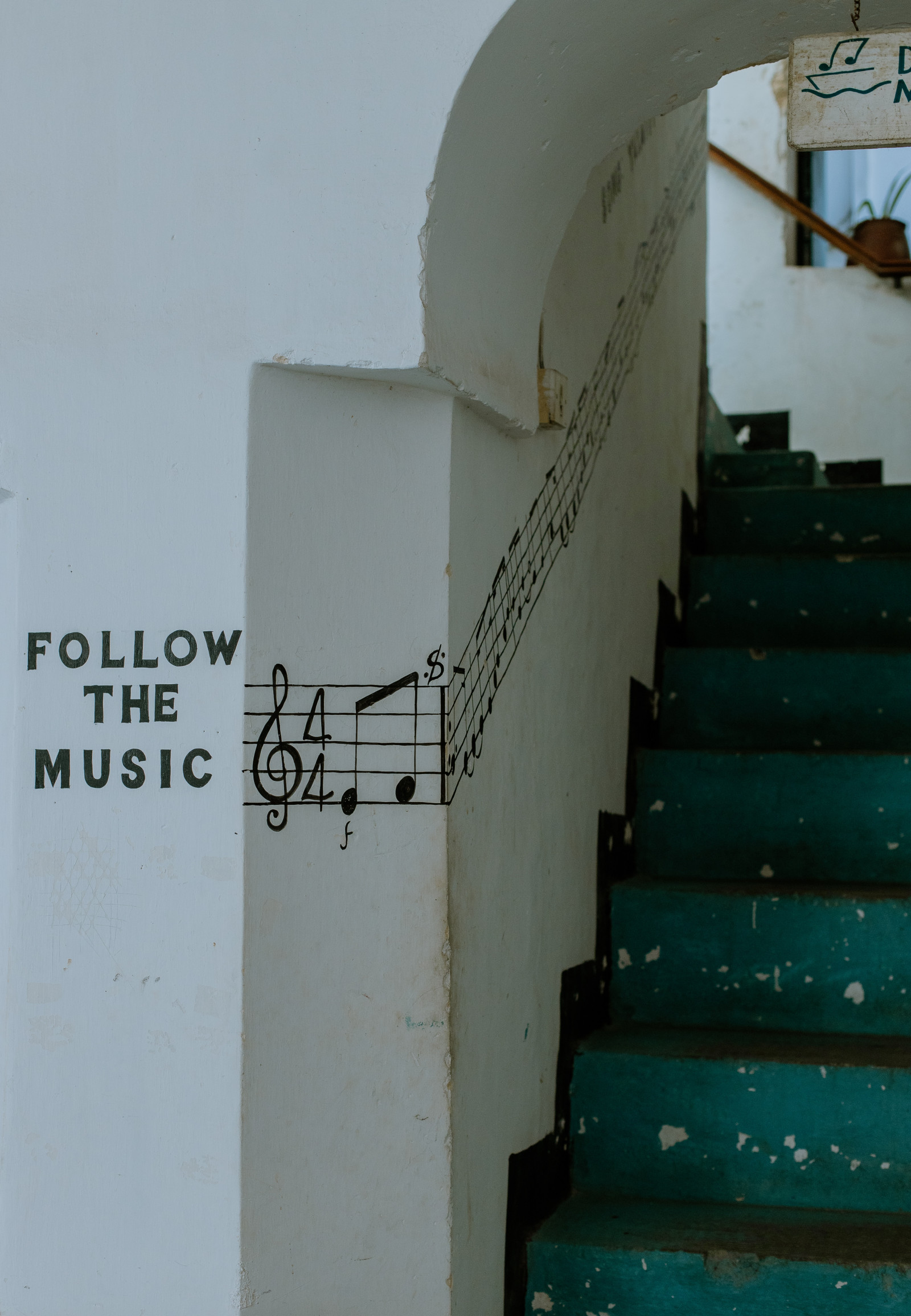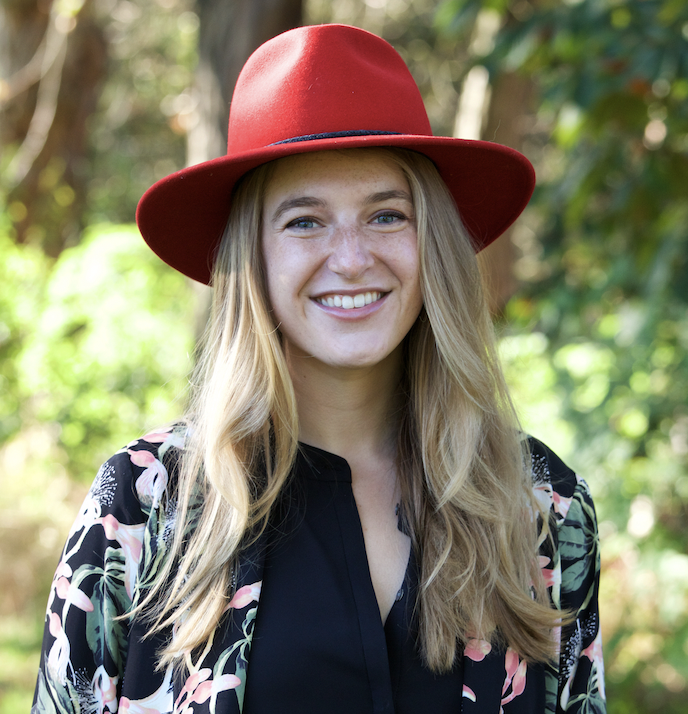Spotify’s Call Her Daddy boosts streams for music superstars — but can podcasts do the same for smaller artists?

Photo: Jabber Visuals

As streaming platforms become even more saturated with music and podcasts, thus fragmenting consumption, creating a hit single or superstar artist is not as simple as just dropping a new track. Artists are using every tool, including podcasts, to build engaged audiences and amplify their discoverability. Some artists have created their own podcasts, such as Jessie Ware’s Table Manners or Tom Greenan’s The Tom Greenan Phone-In. Moreover, Spotify reports that artists, including Madison Beer, John Legend and John Mayor, saw major streaming boosts after appearing on Alex Cooper’s Call Her Daddy. However, podcasts are not a one-size-fits-all solution for every artist — and many may not actually be that tied to discoverability, as established artists can have more to gain from audio than new voices.
Looking beyond the music
As listening fragments, many artists and music marketing teams are shifting their strategy to targeting niches. Podcasts have a unique ability to reach niche listeners and form communities around a variety of topics, giving artists a platform to either dive deeper into their music for their superfans, or explore other passions to build their brands and attract new audiences.
For some artists, the oversaturated, hypercompetitive landscape makes being more than a musician a crucial part of their strategy. For instance, on her podcast Dua Lipa: At Your Service, Dua Lipa interviews professionals from a variety of industries, including psychotherapist Esther Perel and former New York Times editor Dean Baquet. This creates opportunities for Lipa to reach a wider, slightly older audience outside of her core music listener base. But for other artists, talking about anything besides their music could be more of a chore. On famed music producer Rick Rubin’s podcast, Broken Record, he interviews artists about their process, providing extra content for their biggest fans. On the flipside, the informality and freedom of podcasts can lead artists into topics that could risk their reputation, like Matt Healy’s recent interview on The Adam Friedland Show. However, whether an artist is making their own show or including podcast interviews in their promotion cycle, these opportunities are mostly available to established artists.
Featured Report
India market focus A fandom and AI-forward online population
Online Indian consumers are expected to be early movers. They are high entertainment consumers, AI enthusiasts, and high spenders – especially on fandom. This report explores a population that is an early adopter, format-agnostic, mobile-first audience, with huge growth potential.
Find out more…Podcasts are the new talk show interview
As Spotify and other major streaming platforms have introduced a wider range of audio content, music streaming and podcast audiences are overlapping. Over a third of music subscribers in key English-speaking markets listen to podcasts weekly (MIDiA Research Consumer Survey Q2 2023). However, as of Q4 2022, only 7% of this segment discover new music on podcasts, so this may not be the most effective format for developing artists.
Cooper’s guests already have established fanbases, such as John Legend and John Mayer, whose audiences span multiple generations. An interview on Call Her Daddy could be a major boost for an emerging artist, since Cooper brings her own built-in, loyal audience to each episode. But Cooper must also consider which guests are best for her audience and show growth, which may not be developing voices. So, even though podcast appearances will naturally lead to a boost in streams, for big name artists, going on popular podcasts is more about widening their brand among existing fans than increasing their streaming numbers.
Audio’s ripple effect
As the podcast format blurs, audio is only one part of the content’s appeal. The rise of podcast videos have amplified podcasts' discoverability across social video platforms, making it easier to reach younger listeners who may never have listened to podcasts. This allows creators and platforms to experiment with promotional content, as clips from shows, like Call Her Daddy, often travel on social media. However, creators do not even need video to turn audio moments into bite-sized marketing content. For instance, Amazon’s Amp turned the audio recording of Niall Horan’s surprise appearance in a fan’s live space into a video clip for Instagram. For artists, podcast appearances are just the foundation from which a range of content can spring, and many may be more interested in the promotional power of clips than the audio interview listenership itself.
Look out for MIDiA’s upcoming audio report on how artists and labels can use podcasts, out next month

The discussion around this post has not yet got started, be the first to add an opinion.